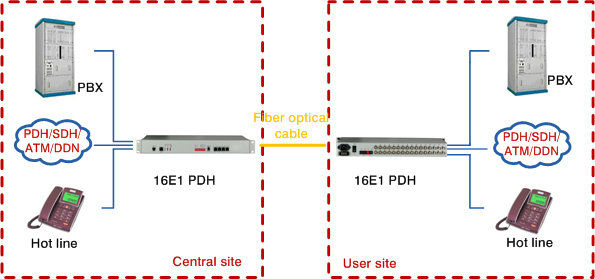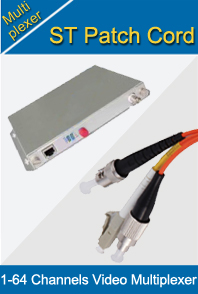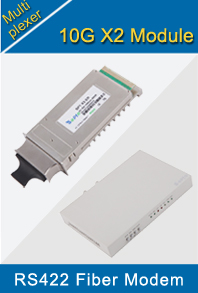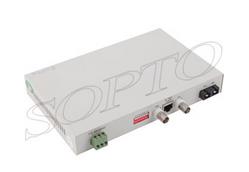-

- Sopto Home
-

- Special Topic
-

- Multiplexer Knowledge
-

- Multiplexing Basics
Multiplexer Knowledge
- Why is Multiplexing Needed in Data Communication Systems?
- What is Concept of Multiplexing in Telephone System?
- What is Digital TV Frequency?
- Outlook of the WDM Networks
- DWDM Technical Overview
- CWDM Technical Overview
- How to Activate Cable Modems?
- How to Install a Fiber Optic Modem?
- How do I Choose a Best Fiber Modem?
SOPTO Special Topic
Certificate



Guarantee
Except products belongs to Bargain Shop section, all products are warranted by SOPTO only to purchasers for resale or for use in business or original equipment manufacturer, against defects in workmanship or materials under normal use (consumables, normal tear and wear excluded) for one year after date of purchase from SOPTO, unless otherwise stated...
Return Policies
Defective products will be accepted for exchange, at our discretion, within 14 days from receipt. Buyer might be requested to return the defective products to SOPTO for verification or authorized service location, as SOPTO designated, shipping costs prepaid. .....
Applications
Multiplexers can be used to connect PBX, Hot line and other devices of network from central site to user site through fiber optical cable.
SOPTO Products
- Fiber Optic Transceiver Module
- High Speed Cable
- Fiber Optical Cable
- Fiber Optical Patch Cords
- Splitter CWDM DWDM
- PON Solution
- FTTH Box ODF Closure
- PCI-E Network Card
- Network Cables
- Fiber Optical Adapter
- Fiber Optical Attenuator
- Fiber Media Converter
- PDH Multiplexers
- Protocol Converter
- Digital Video Multiplexer
- Fiber Optical Tools
- Compatible
Related Products
Performance Feature
High integration desig
Low power consumption
Good EMC, EMI
Stable and Reliable
Multiplexer Knowledge
Recommended


Multiplexing Basics
When you need to carve up an expensive resource (such as an active fiber route) into pieces, multiplexing is the way to go. What is multiplexing, you may ask? It's the process by which multiple signals are combined into a single signal, then split back into pieces upon arrival.
There are lots of types of multiplexing. The most simple is space division where the signal carriers are literally held separate by some kind of insulator (like CAT5 or telephone wire.) Time division multiplexing involves using a timer on either end to determine which signal the carrier is carrying. Core-division multiplexing (CDM) uses a code followed by data to specify which signal is being carried. Finally, frequency-division multiplexing (or in the fiber optic world, wavelength division multiplexing) involves sending signals over several distinct frequency ranges over a carrier.

The easiest way to think about this is in terms of light. At one end of a fiber optic cable you have a lens that takes many colors of light and combines them into high energy white light. That white light is sent to a prism at the other end of the fiber which splits the white light back up into it's constituent colors. If the red light at the beginning of the fiber blinks in a certain pattern, the red light at the far end will also blink without interfering with the other colors (wavelengths.)
The device responsible for combining the signal is often called a MUX while the one responsible for splitting it apart is called a DEMUX. In two way communications a MUX/DEMUX pair is required at each endpoint so that communications can be sent and received.
WDM (wave-division multiplexing) is further broken down into two flavors, CWDM or Coarse WDM and DWDM or Dense WDM. In Coarse WDM fewer signals are combined onto the fiber and they are spaced farther apart. In DWDM more signals can be combined resulting in increased hardware and system design complexity and higher costs. Depending on the system needs CWDM and DWDM are both viable options.
We hope that this article helps explain why multiplexing is such an important part of fiber optic communications!
For more information, please contact a Sopto representative by calling 86-755-36946668, or by sending an email to info@sopto.com



